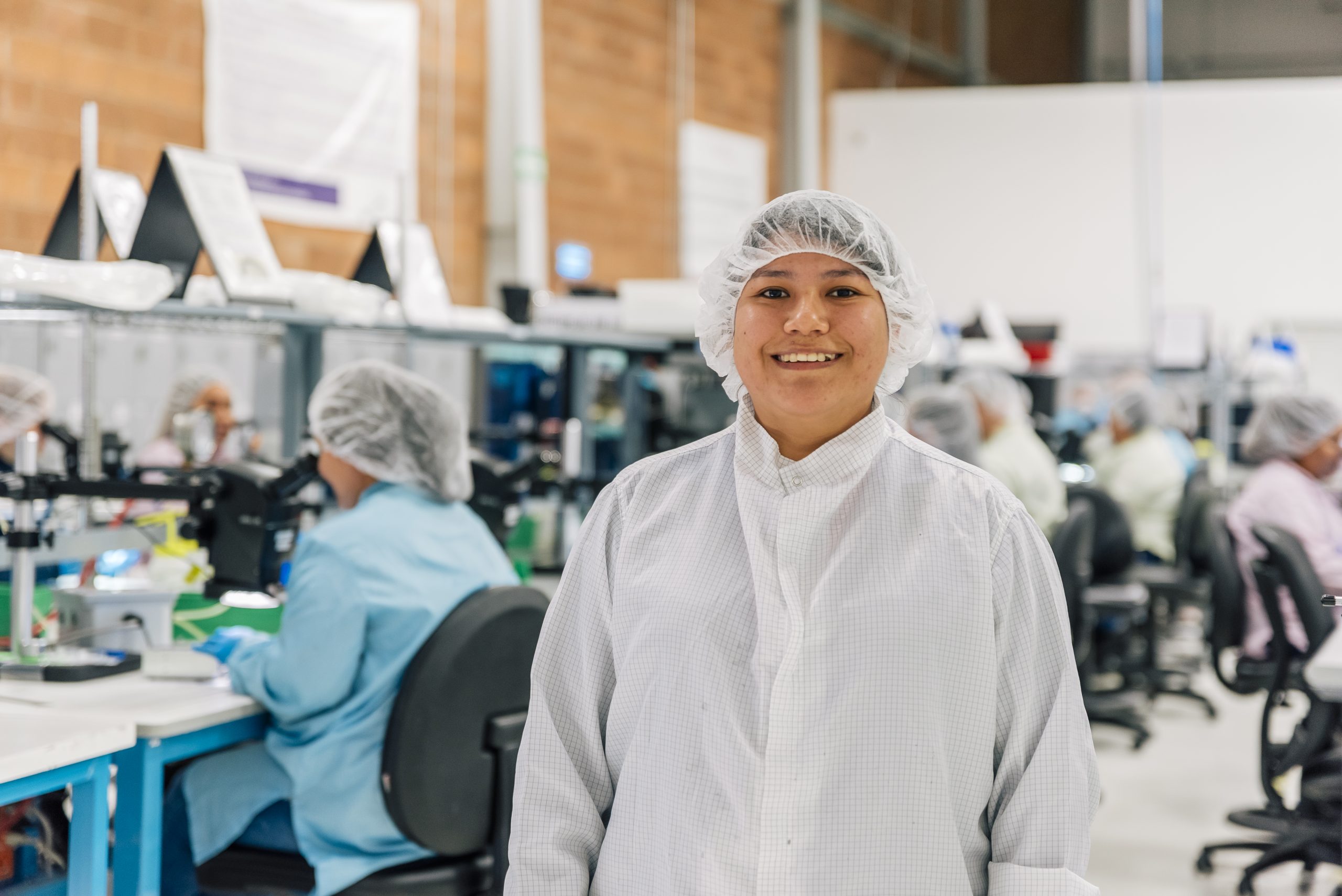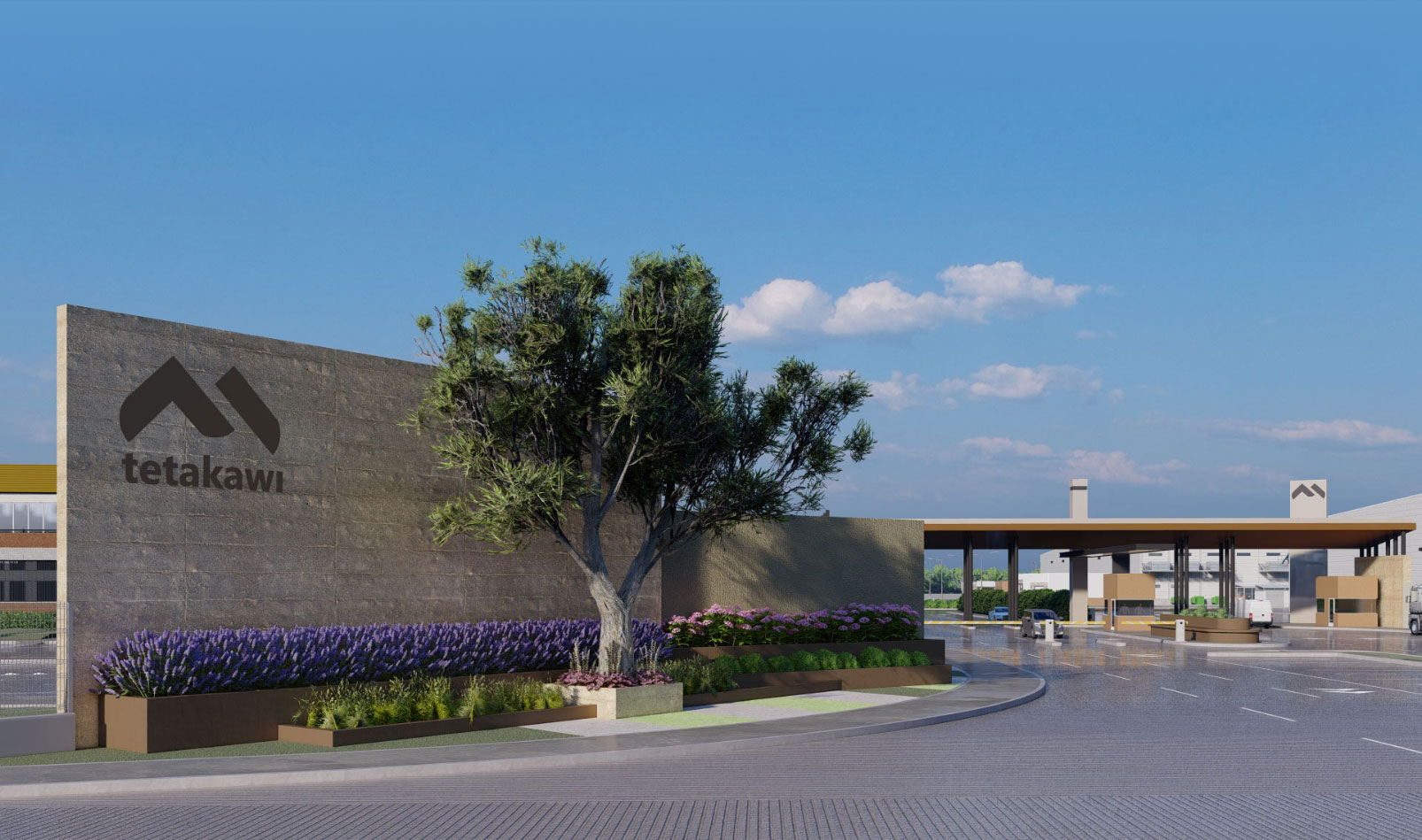The Real Executive Conversation in 2025
If you’re leading manufacturing strategy for a medical device company in 2025, the question isn’t whether to consider Mexico, it’s how to do it without jeopardizing compliance, quality, or the investment you’ve made in training specialized operators.
In regulated industries, your workforce is not just labor. Each trained operator is a validated part of your quality system. When one leaves, it isn’t just a headcount problem; it can trigger revalidation, extend lead times, and even invite audit exposure.
That’s why site selection in Mexico is more than a real estate decision. It’s a strategic safeguard for your business model, margins, and long-term growth trajectory.
Helpful Deep-dive: Manufacturing in Mexico (2025): Executive Guide for Manufacturers
Mexico’s Medical Device Industry Is Already Proven
For some first-time entrants, “Mexico” and “medical devices” still sound like emerging stories. The reality? Mexico is already a global powerhouse.
- 8th-largest exporter of medical devices worldwide.
- $11+ billion USD in annual exports, most shipped tariff-free to the U.S. under USMCA.
- Capable of producing everything from Class I disposables to Class III implantables and advanced diagnostics.
- Mature capabilities in cleanroom assembly, plastics molding, CNC machining, electronics integration, sterilization, and packaging.
- Home to long-term, scaled operations for Medtronic, Haemonetics, and Nordson, companies that have passed countless FDA and ISO audits from their Mexico facilities.
For an executive evaluating footprint expansion, this means you’re not entering uncharted territory. You’re plugging into a compliance-driven ecosystem that already supports some of the most regulated manufacturing in the world.
Learn More: An Overview of Medical Device Manufacturing in Mexico
The Three Strategic Levers Behind Site Selection
After decades of guiding regulated manufacturers in Mexico, we’ve seen three levers consistently dictate long-term success:
- Cluster Synergy: Access to suppliers, validated labor pools, and a shared base of regulatory expertise.
- Retention Stability: Average operator tenure relative to the length of your training and validation cycles.
- Scalability Readiness: Depth of technical talent, facility capacity, and infrastructure to support phased growth.
The art of site selection is knowing which lever to prioritize, and how to prevent one from undermining the others.
Related Article: 11 Questions to Ask Before You Decide Where to Manufacture in Mexico
The Trade-Offs in Mexico’s Major Hubs
Cities like Tijuana, Ciudad Juárez, and Monterrey are magnets for medical device manufacturing for good reason: supplier density, deep talent pools, and years of industry experience.
But executives operating there also face persistent challenges:
- High turnover due to intense competition for skilled operators.
- Wage escalation from bidding wars between employers.
- Retention cycles shorter than training cycles, meaning capability walks out the door before it’s fully leveraged.
In regulated manufacturing, these dynamics aren’t just costly, they threaten audit readiness and production stability. You can learn more about the labor cliff these industrial powerhouses are facing in this article: Looking to Manufacture in Mexico? Here’s Why Labor in Mazatlán Stands Out.
Why Retention Is a Strategic Lever, Not an HR Metric
In medical device manufacturing, retention directly impacts:
- Process stability: Fewer operator changes mean fewer opportunities for variation.
- Compliance: Consistent teams protect validated processes.
- Scalability: Retaining skilled operators shortens ramp-up times for new lines.
Losing operators before they complete a full training and validation cycle can mean you’re always onboarding, and never fully optimizing.
Looking Beyond the Usual Map Points
Some companies choose established clusters for immediate access to talent and suppliers, accepting turnover as a cost of speed. Others take a long view, prioritizing workforce stability, long-term retention, and the ability to shape a market before competitors arrive.
Both paths have merit, but the latter often creates a true competitive moat in regulated manufacturing, where stability compounds value over time.
Mazatlán: A Strategically Chosen Location for Advanced Manufacturing
At Tetakawi, we’ve partnered with regulated manufacturing leaders like Medtronic, Haemonetics, and Nordson, so we know exactly what medical device companies need to succeed:
- Workforce stability.
- Technical capability from day one.
- Scalable, compliant infrastructure.
- An execution partner who removes operational guesswork.
When we planned our own next stage of growth, we applied the same selection discipline we use for our clients. That process led us to Mazatlán, a location with a rare first-mover advantage in advanced manufacturing.
Our first client here, CPP, a global aerospace and defense manufacturer, produces mission-critical components that demand long training cycles, non-destructive testing, and zero tolerance for error. While their end product differs from a medical device, the operational requirements are remarkably similar.
What CPP has found in Mazatlán would resonate with any medtech executive:
- Industry-leading retention that protects training investment.
- Technical talent sourced from local universities and technical schools.
- Livability that attracts and keeps skilled workers.
- Efficient logistics mapped by Tetakawi for regulated supply chains.
Tetakawi’s Manufacturing Community: Execution Without Distraction
Launching in Mexico involves far more than leasing a building. In regulated manufacturing, you must stand up:
- HR and compliance systems.
- Permitting and legal infrastructure.
- Customs and trade compliance programs.
- Facility modifications, often for cleanrooms or specialized workflows.
Tetakawi’s Manufacturing Community model addresses this through:
- The Shelter Framework Without the Legal Complexity: Operate in Mexico without forming your own Mexican legal entity. Under the shelter model, Tetakawi becomes your in-country legal entity, managing labor law compliance, payroll, and administrative responsibilities so you can focus entirely on production.
- On-Site Shared Services That Create Economies of Scale and Learning: Within each Manufacturing Community, companies share access to on-site HR, recruiting, safety, IT, facilities management, and trade compliance teams. This creates cross-industry learning, the kind that accelerates problem-solving and prevents costly mistakes.
For advanced manufacturers, the result is twofold:
- Faster time to validated production: often within 9–12 months.
- Focused leadership: your engineers and managers stay on production, not bureaucracy.
Executive Takeaway: Stability as a Competitive Advantage
If your only metric is cost-per-unit, Mexico’s largest hubs deliver. But if your focus is retaining validated capability, protecting compliance, and scaling predictably, your map will look different.
Mazatlán offers that stability, and Tetakawi’s Manufacturing Community gives you the execution framework to capitalize on it from day one.
The question to ask: Will you compete for talent in a crowded market, or lead in one designed for long-term retention?
Ready to explore the possibilities of Mazatlán? Schedule a consultation to explore how Mazatlán can become your most stable, scalable nearshore asset.



